Today, we conclude our look at men’s dress codes with Semi-Formal and Formal wear.
Black Tie/Semi-Formal
In Western clothing semi-formal is a grouping of dress codes, indicating the sort of clothes worn to events with a level of protocol between informal (e.g. lounge suit – the most common style of Western suit) and formal. The term “Semi-formal” denotes black-tie for men in evenings, rather than white-tie formalwear.
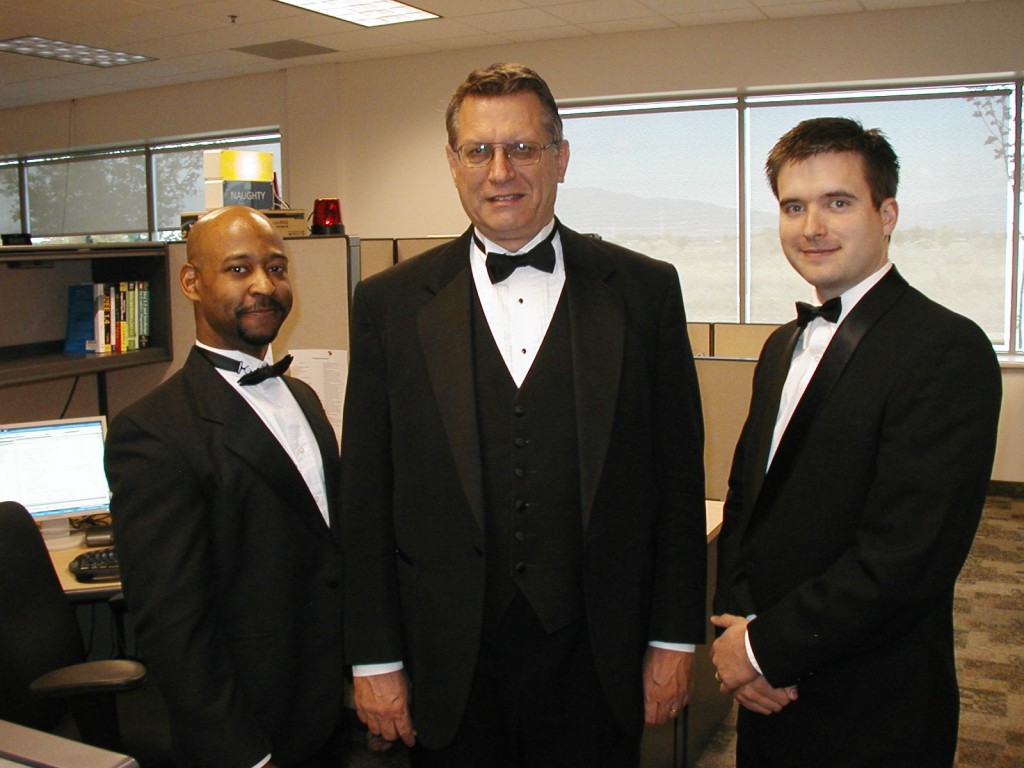
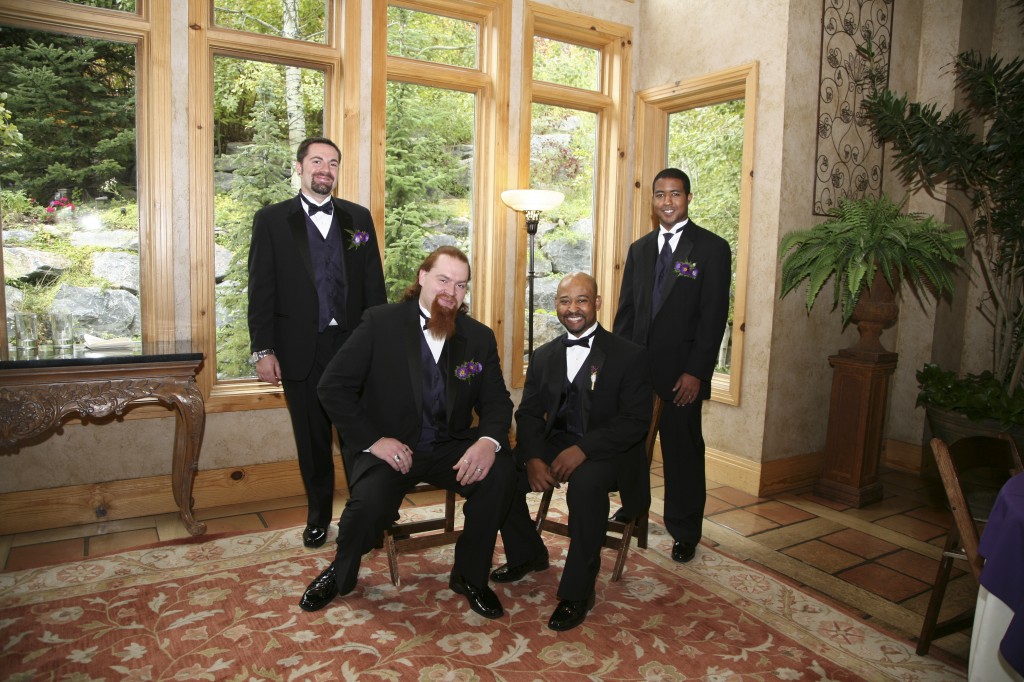
Semi-formal typically means an evening jacket and tie for men (known as black tie) and a dress for women.
The origins of semi-formal attire date back to the 1800s when Edward VII, the Prince of Wales, wanted a more comfortable dinner attire than the swallowtail coat.
In the spring of 1886, the Prince invited James Potter, a rich New Yorker, and his wife, Cora, to Sandringham House, the Prince’s hunting estate in Norfolk. When Potter asked for the Prince’s dinner dress code, the Prince sent him to his tailor, Henry Poole & Co., in London, where he was given a suit made to the Prince’s specifications with the dinner jacket.
On returning to Tuxedo Park, New York, in 1886, Potter’s dinner suit proved popular at the Tuxedo Park Club. Not long afterward, when a group of men from the club chose to wear such suits to a dinner at Delmonico’s Restaurant in New York City, other diners were surprised. They were told that such clothing was popular at Tuxedo Park, so the particular cut then became known as the “Tuxedo”.
Typical events: Weddings, theatre opening nights, etc.
White Tie/Formal
White tie (or evening dress, full evening dress) is the most formal evening dress code in Western fashion. The chief components for men are the black dress coat commonly known as an evening tailcoat, white bow tie, white waistcoat and starched wing collar shirt. Military mess dress may also be seen at a white-tie event on appropriate occasions. When specified, national costume may be worn to white-tie functions.
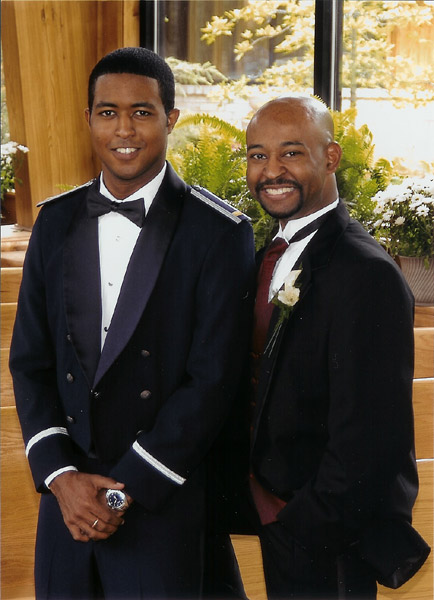
tuxedo (black-tie/semi-formal)
(c) Pinstripes and Polos
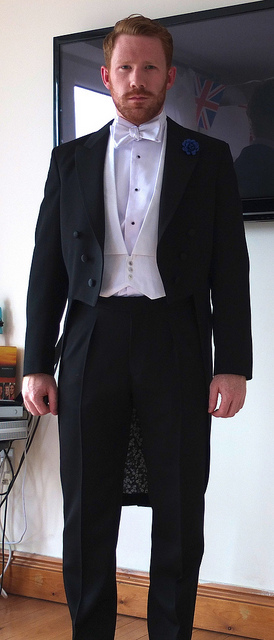
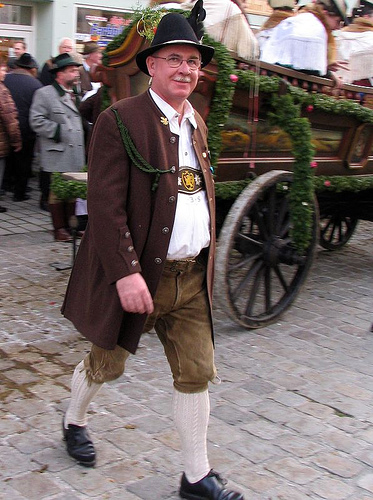
As evening dress, white tie is traditionally considered correct only after 6 p.m. although some etiquette authorities allow for it anytime after dark even if that means prior to 6 p.m.
Typical events: Ceremonial occasions such as state dinners in some countries, very formal balls, evening weddings, and artistic premieres or the opening of an art season in large cities, such as the opera or ballet..
- http://en.wikipedia.com
- http://www.artofmanliness.com
- http://www.askmen.com